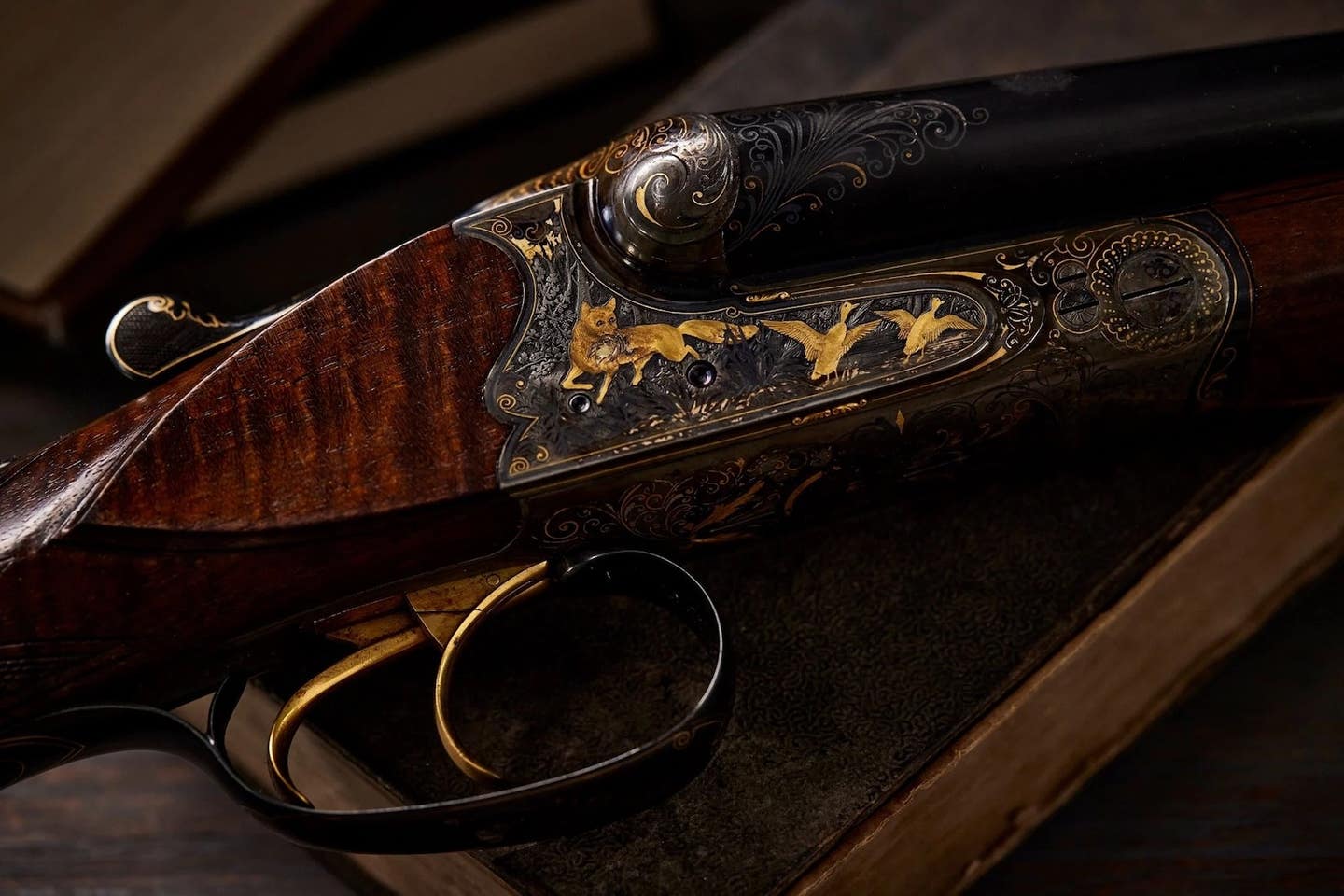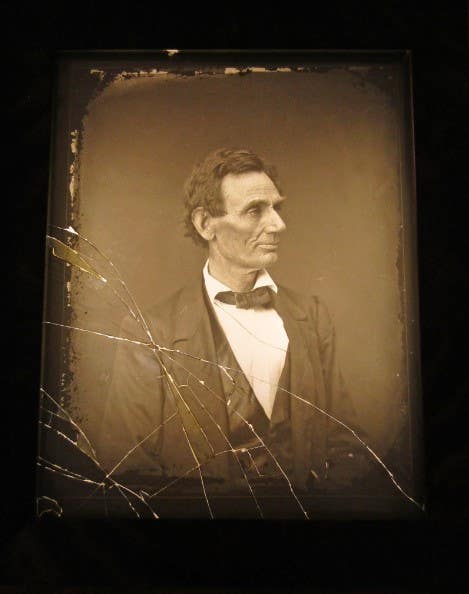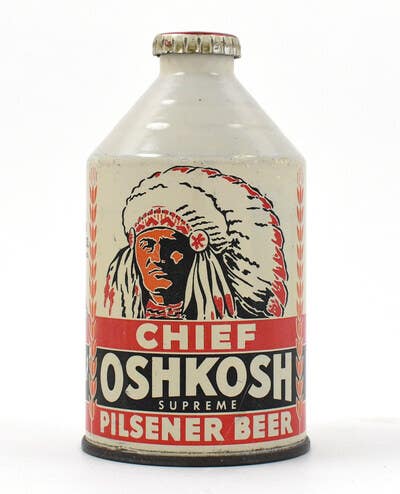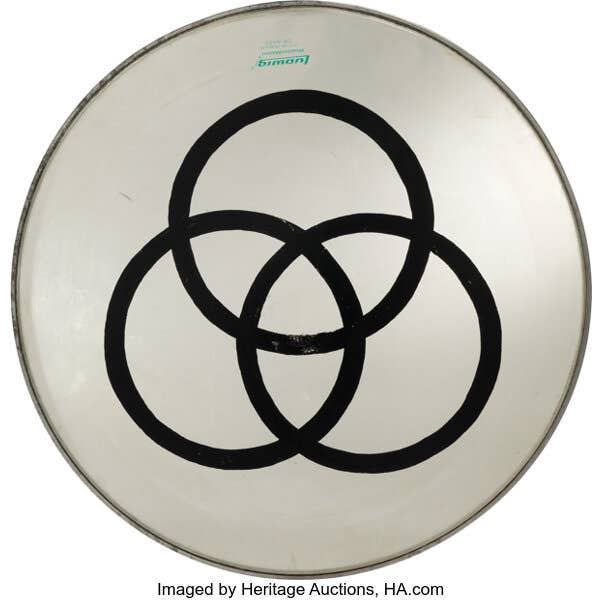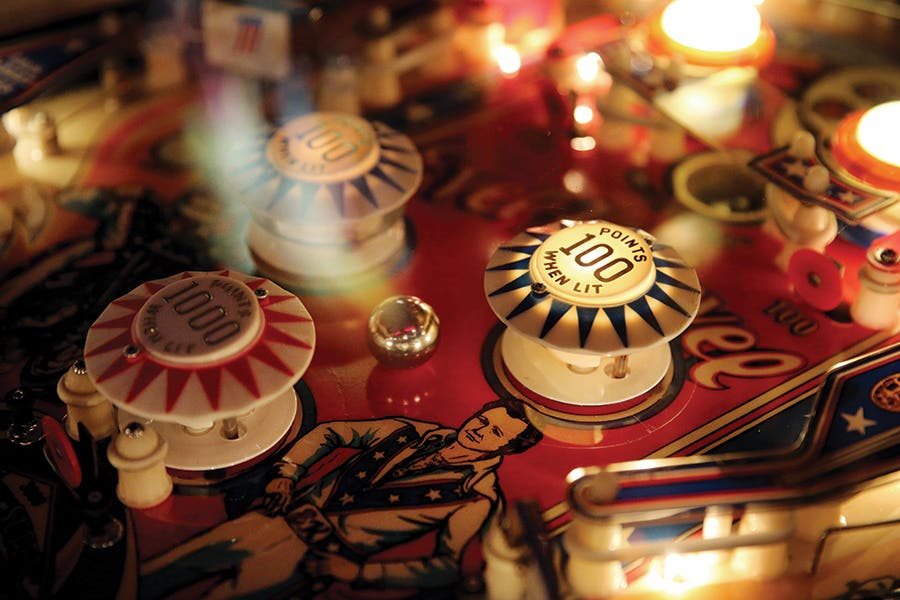Ten Things You Didn’t Know about Webb art glass
Patents, progressiveness, and partnerships are all part of the legacy of the company behind Thomas Webb art glass. In this Ten Things column, we’ll explore this history.
Webb art glass is a legacy of glassmaking innovation. It's the focus of this Ten Things column.
Shifting Partnerships
1 The evolution of what would eventually become the company responsible for creating Webb art glass appears to have been a bit like an intense game of musical chairs. Thomas Webb formally entered the glassmaking business at the age of 25 as a partner in Webb & Richardsons. This partnership would be the first of many. Collaboration is the center of Webb's legacy in the bustling glassmaking community of Stourbridge, England. This was present throughout the mid-to-late 19th century.
He would partner with the same people more than once. In addition, like many others of the time he would rotate his business operations among a variety of factories. At one point, he also partnered with the same man his father had teamed with during 1833. This was to operate White House Glassworks. According to multiple reports, Thomas Webb’s father, John, a farmer and butcher, was likely the financial backers for his son’s first glass business partnership. That initial investment, as reported by the site www.theantiquarian.us, was £3,000. Today, according to Bank of England Inflation Calculator, it would be an investment of £314,450 or $371,000.
Patents of Promise
2 The Webb family of glassmakers was an innovative bunch. The first patent to be granted to a Webb was in 1854. Thomas Webb received an English patent for the circular lehr. A lehr is an oven used for annealing glassware. The process involves heating a piece of glass and letting it cool slowly. This is done in an effort to remove any stresses and strengthen the piece. Webb’s son, Thomas Wilkes, was granted the patent for Sidonian and Allasents glass in 1876; and the company was also granted the patent for bronze glass (similar to American carnival glass) in 1878.
3 Cameo engraved glass became a much sought-after product during the late 19th century. Thomas Webb and Sons were right in the thick of it. Recruiting revered brother engravers Thomas and George Woodall to operate the company’s cameo glass workshop, Thomas Webb and Sons presented an exhibition of the company’s cameo glass during the Chicago International Exposition of 1893, introducing the company to a new country of consumers. During a 2014 auction presented by Woody Auctions, an English cameo art glass vase, measuring 9 1/2 inches, signed “G. Woodall 1887” sold for $260,000.
Changing Of Guard
4 The first of Thomas Webb’s sons to join the family business, Thomas Wilkes Webb, came on as a clerk in 1850. The 1860s was a time of ‘changing of the guard’ in the company. The younger Thomas became a partner, the elder Thomas Webb retired in 1863, and another son, Charles, came on as a partner. Thomas Webb died in 1869, and another son, Walter Wilkes Webb, also joined the company as a partner. It was around this time the firm’s name became Thomas Webb & Sons.
5 Not only has Webb art glass been a popular item among the buying public for centuries, it has a history of winning awards on a global scale. Among the many awards the company and individual employees won over the years was Grand Prix of Glass at the Paris Exhibition of 1878. A bronze medal for glass vases and bowls was awarded to Thomas Woodall, a prolific engraver working for Webb, during the 1884 International Health Exhibition in London. Also, in 1888 Thomas Webb & Sons received the Gold Medal at the Melbourne Exhibition in Australia. The piece that earned this award was a Zoomorphic enameled glass bowl by Jules Barbe.
Webb Art Glass Appeal
6 At an auction in June 2017, a copper-wheel engraved “Rock Crystal” glass footed ewer with stopper, circa 1885, by Thomas Webb & Sons, sold for $550 through Simpson Galleries, LLC. The “Rock Crystal” style of engraving dates to 1878 and engravers Frederick E. Kny and William Fritsche. They are among the earliest and most highly regarded engravers employed by Webb. The process allowed for the engraving on a piece to be deeper and the cut areas to be polished. Earlier, the roughness on the cut helped define the different surfaces on a piece, while the “Rock Crystal” approach showcases the refractory character of glass.
7 When it comes to authenticating Thomas Webb & Sons glass the makers’ mark is a place to start, but knowing what to look for is the key. According to an article by fakes and reproduction authority Mark Chervenka, among the authentic marks is the Webb name in script with the tail of the last letter “b” swooping down and back under the name. Another legitimate mark features the script “Webb” with “Made In England” flanking the name at top and bottom. Additional marks include a semi-circular banner with “THOMAS WEBB & SONS,” and in later pieces, “THOS WEBB England” appears stacked vertically.
Art Glass Fit for a Queen
8 Another form of partnership Thomas Webb & Sons utilized to develop glassworks was to obtain rights to produce glass already produced elsewhere. Such was the case with the company’s foray into Burmese glass. After obtaining the right to produce this style of glass from its inventor, Frederick Shirley, the company quickly earned a fan in Queen Victoria, who was said to have been impressed with the Burmese tea set she had requested. In turn, the company named its line Queen’s Burmese Ware. During Humler & Nolan’s Nov. 4, 2017, auction a Thomas Webb & Sons Burmese Pyramid Fairy lamp pair flanking a Burmese flower holder with frosted raspberry prunt sold for $550.
9 Thomas Webb & Sons also found success in creating figural scent bottles. A cameo glass example, modeled as a swan’s head in cranberry glass overlaid in white glass and cut through, circa 1880, brought $4,750 during an April 2016 auction presented by Perfume Bottles Auction.
10 If you are considering destinations to feed your appreciation for glass and glass history, the Corning Museum of Glass may be just the ticket. The Museum, located in Corning, New York, features various examples of Webb art glass in its collection (www.cmog.org).
Compiled by Antoinette Rahn
Sources: https://www.realorrepro.com/article/Glass-Marked-Webb; http://www.glassencyclopedia.com/thomaswebbglass.html; https://www.invaluable.com/blog/champagne-glass-history; http://theantiquarian.us; http://www.artglasscollectibles.com; www.cmog.org



